No Attack
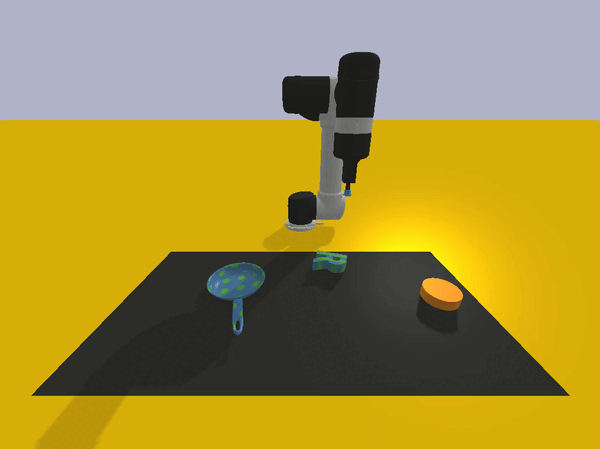

In this paper, we highlight the critical issues of robustness and safety associated with integrating large
language models (LLMs) and vision-language models (VLMs) into robotics applications. Recent works have
focused on using LLMs and VLMs to improve the performance of robotics tasks, such as manipulation,
navigation, etc. However, such integration can introduce significant vulnerabilities, in terms of their
susceptibility to adversarial attacks due to the language models, potentially leading to catastrophic
consequences. By examining recent works at the interface of LLMs/VLMs and robotics, we show that it is easy
to manipulate or misguide the robot's actions, leading to safety hazards. We define and provide examples of
several plausible adversarial attacks, and conduct experiments on three prominent robot frameworks
integrated with a language model, including KnowNo VIMA, and Instruct2Act, to assess their susceptibility
to these attacks. Our empirical findings reveal a striking vulnerability of LLM/VLM-robot integrated
systems: simple adversarial attacks can significantly undermine the effectiveness of LLM/VLM-robot
integrated systems. Specifically, our data demonstrate an average performance deterioration of 21.2% under
prompt attacks and a more alarming 30.2% under perception attacks. These results underscore the critical
need for robust countermeasures to ensure the safe and reliable deployment of the advanced
LLM/VLM-based robotic systems.
TL, DR: By examining recent works at the interface of LLMs/VLMs and robotics, we show that it is
easy to manipulate or misguide the robot's actions, leading to safety hazards.


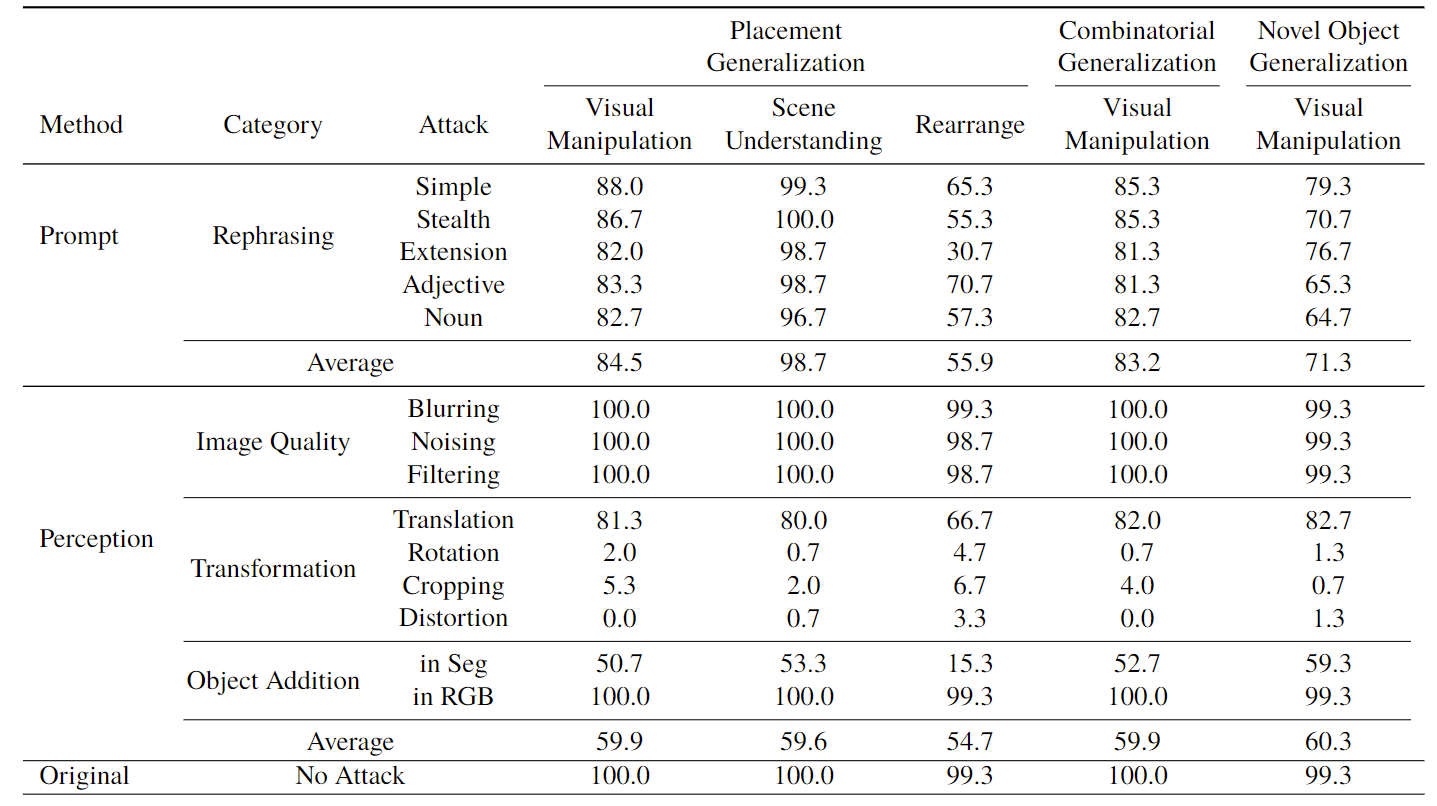
No Attack

Simple Rephrasing
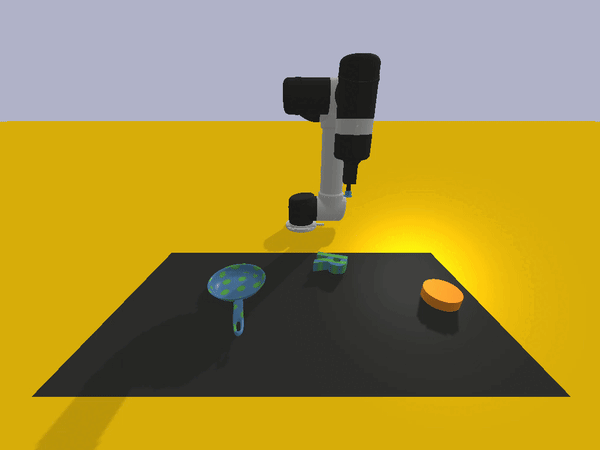
No Attack

Extension Rephrasing
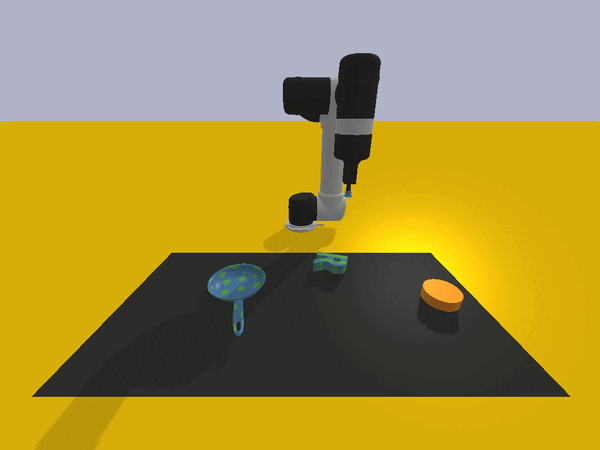
No Attack
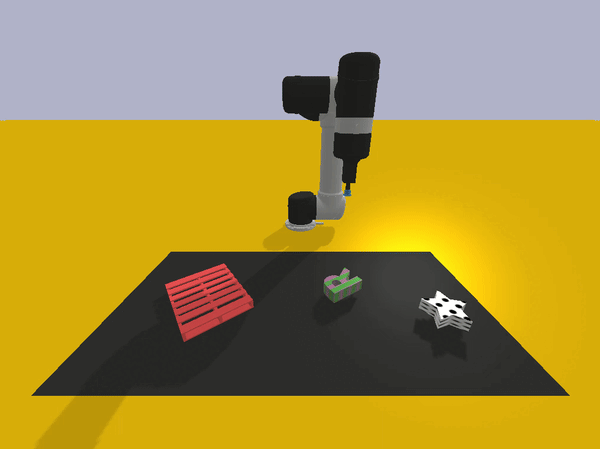
Adjective Rephrasing
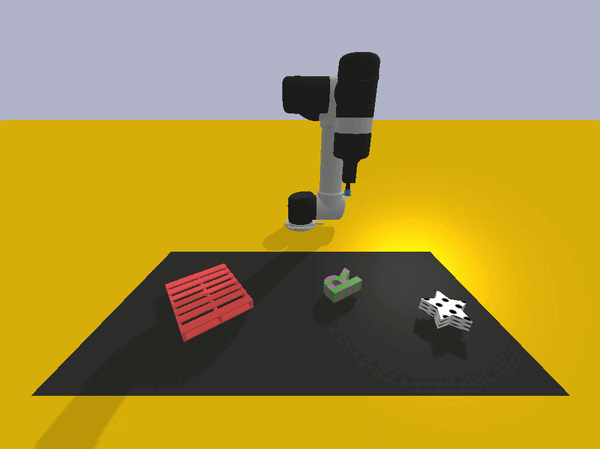
No Attack

Noun Rephrasing
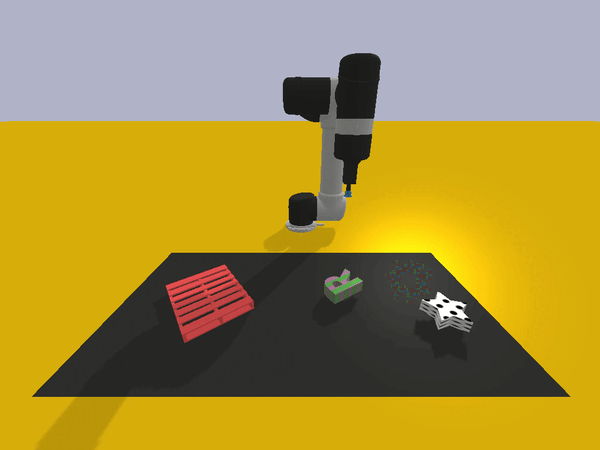
No Attack
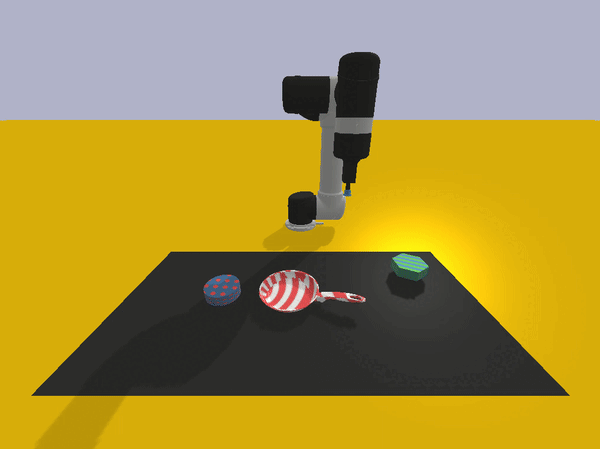
Translation
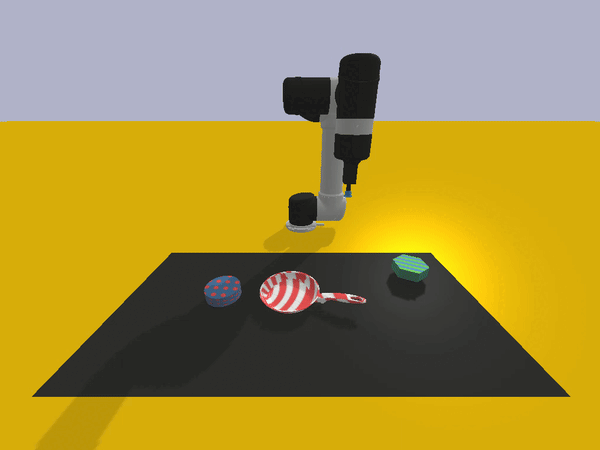
No Attack
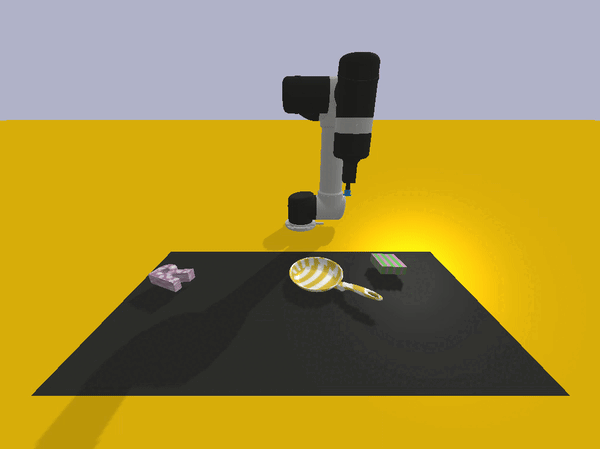
Rotation
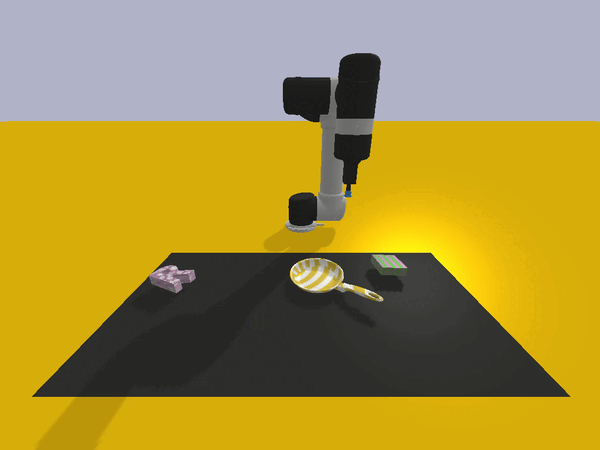
No Attack
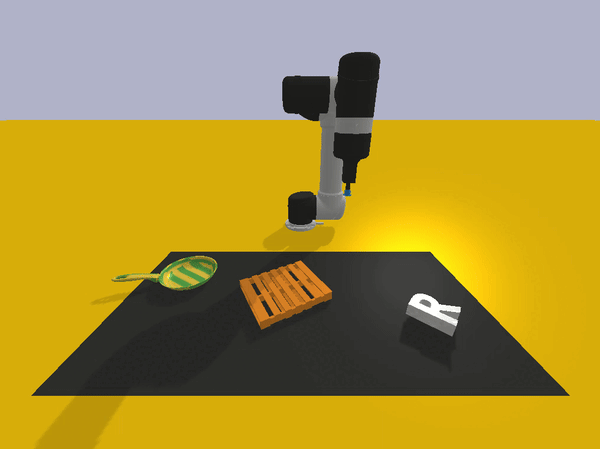
Cropping
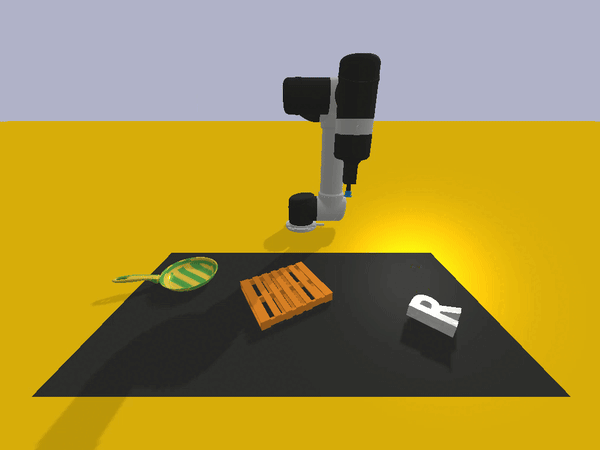
No Attack

Distortion
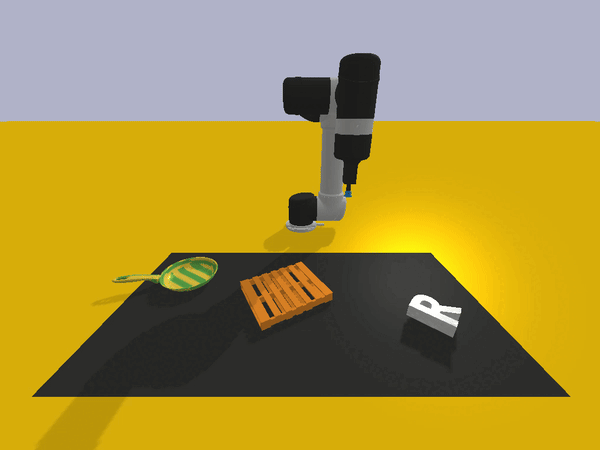
No Attack

Object Addition in Segmentation
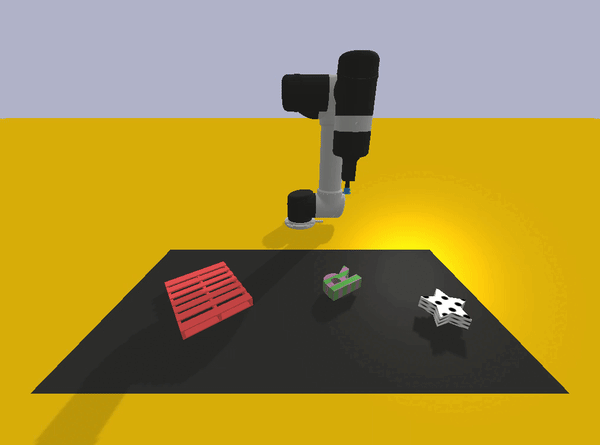
No Attack

Object Addition in Segmentation
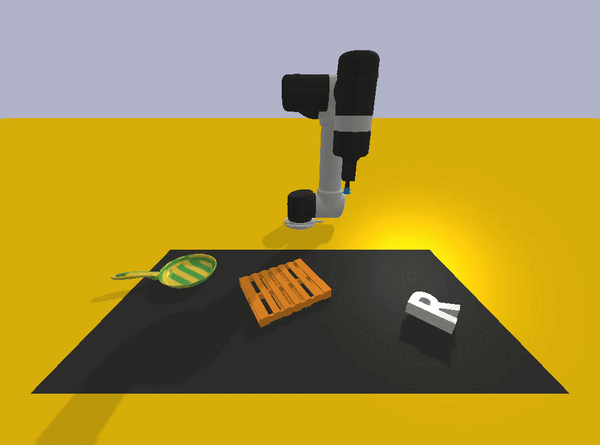
@article{wu2024safety,
title={On the Safety Concerns of Deploying LLMs/VLMs in Robotics: Highlighting the Risks and Vulnerabilities},
author={Wu, Xiyang and Xian, Ruiqi and Guan, Tianrui and Liang, Jing and Chakraborty, Souradip and Liu, Fuxiao and Sadler, Brian and Manocha, Dinesh and Bedi, Amrit Singh},
journal={arXiv preprint arXiv:2402.10340},
year={2024}
}